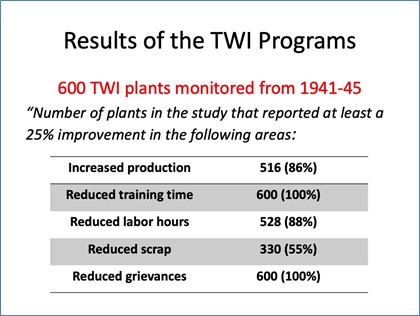Processes Only Get You So Far!
What exactly do I mean by that? Well, below are a few questions that I’ve asked myself whenever I would evaluate how effective my processes are:
Processes that you’ve spent inordinate amounts of time, money, and effort on. How effective are they for getting the job done and the results that are needed?
How are they working out for you? Are they delivering the results you wanted or expected? If so, that’s awesome! What’s your secret? But if not… know that you’re not alone.
Many businesses suffer from the same issue, and constantly “fixing” your processes will not solve your problems.You could have the best, most expensive, most well-planned, most researched, most effective processes on the planet.

People VS. Processes
But if your people don’t utilize those processes correctly, the processes are never going to give you what you expected.
On the other hand, if you have incredible people who are highly competent and have all the skills needed to do their jobs, you don’t need documented processes. The people doing the work will find the most effective way to do their job. And then, you can create a process around what they’re doing. Now, I’m not saying processes aren’t important. They are! But just as important is that the people who work for you understand and can use those processes correctly so that the processes deliver the results they should: effective and efficient use of resources to deliver the products/services your organization is meant to deliver.

My Experience as a Prison Guard
A great example of people and processes being well aligned is from my time in jail (as an employee!). We conducted living and working unit searches multiple times each week. Searches are conducted to keep the jail safe. Inmates often make shanks, and brews (alcohol made from fruits), set up illegal shops, and hoard things. I’ll let your imagination do some work as to what may happen when you put people into a stressful place and give them alcohol and weapons. Thankfully the jail I worked in was known amongst inmates (both in the jail and those in other jails) for these searches and how hard it was to keep contraband in the jail. The process for searching is well-known to officers. And it was the people involved that made the process effective (usually). A search involved gathering officers from across the jail to meet in a predetermined location. The search supervisor ensured that each officer knew the goal of the search and their role in it. The search team then proceeded to the unit to be searched, and the supervisor made sure that everyone headed to their assigned area quickly to ensure inmates did not have time to hide (or flush) contraband.The supervisor would answer questions, address concerns, and determine whether items could remain with an inmate. After the search, the supervisor listed any contraband found and took it away to be dealt with while the search team returned to their units. This process worked well because the people involved knew what they were doing. If a new employee was involved in the search, senior officers would ensure they were doing things correctly and point out any mistakes (gently, of course!). The supervisor and search team followed this process in almost all searches. However, occasionally a supervisor would not follow the search process. These searches were shorter, almost nothing was found/taken away, and there could be friction between staff as some staff wanted to do a thorough job and others were happy to finish quickly.The process was the same, but the results were different. And all that changed was the person leading the process.
This is why organizations must put people over process. It’s the people who create, follow, and improve the processes. And ultimately, if your people are skilled at what they do, your processes will be more effective and deliver better client results.
Let me know if your organization puts people over process, or process over people.
Read With Us
If you found this information useful, please subscribe to be notified for our next great post.

Competency and the Link to Engagement and Performance: If you’re not focused on competency… what ARE you focused on?
At WFSI, we’re laser-focused on competency as THE key to organizational performance. And while there are companies who say they have a competency focus, when you scratch a bit below the surface, you find that things aren’t necessarily what they may appear to be. One example we’ve seen repeatedly is in recruiting for “entry-level” positions….

Competency Testing in Recruiting: It’s Probably A LOT Easier Than You Think…
When we talk to companies about testing for competency during recruiting and selection, we often get pushback: “That’s too complicated!” “That’s too expensive!” “That takes too much time!” But does it really? We maintain that the biggest reason that companies don’t do really engage in competency testing is that they really don’t have a proper…

Graduate to Greatness
As a newly(ish) graduated student, I’ve learned that the job-hunting process can be a real rollercoaster ride. One moment you’re feeling confident and excited about a job opportunity, and the next you’re refreshing your email inbox every five seconds, anxiously waiting for a response. I know first-hand how challenging it can be to find a…







